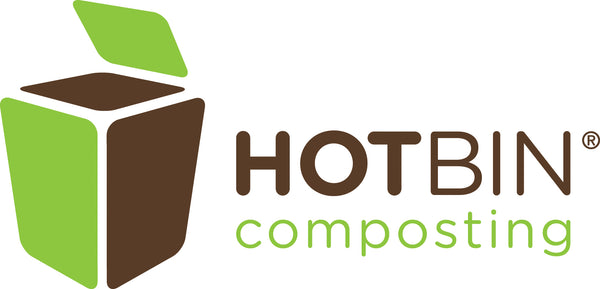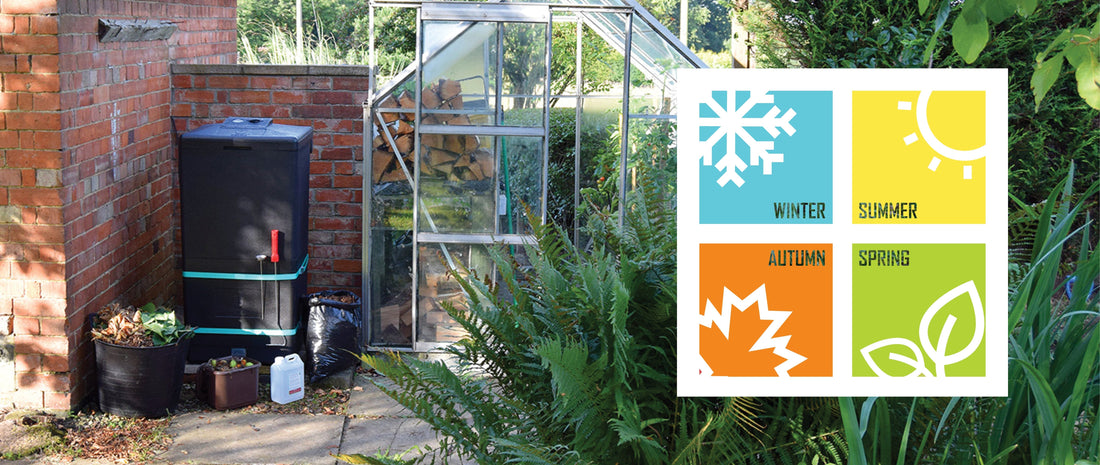Why HOTBIN Works Without the Sun—Even in Cold Weather
When most people think of composting, they picture a bin sitting in a sunny corner of the yard, slowly breaking down organic matter under the warmth of the sun. But with HOTBIN, there's no need to chase the sun—or worry about the cold.
HOTBIN is engineered differently. At the heart of its performance is a thick, insulating wall made from expanded polypropylene (EPP) —a lightweight, durable, and energy-efficient material known for its exceptional heat-retention properties. These insulated walls trap the heat naturally generated by bacterial activity during decomposition, allowing the bin to maintain internal temperatures of 104–140°F (40–60°C), regardless of the outside weather.
No Sun? No Problem.
Unlike traditional composting methods that rely on ambient temperatures or sun exposure to maintain warmth, HOTBIN does the work from the inside out. It captures and retains the heat created by microbes breaking down food and garden waste. This means you can place your HOTBIN in the shade or tucked behind a shed—wherever it’s convenient for you.
In fact, it’s better not to place HOTBIN in direct sunlight as it will not improve its performance. Like most outdoor furniture and plastic materials, prolonged exposure to UV rays can cause the exterior surface to fade or show signs of wear over time. The good news? This cosmetic change does not affect the bin’s internal performance or insulation capabilities in any way.
Winter-Proof Composting
One of HOTBIN’s standout features is its ability to compost even in winter. While most compost bins go dormant in colder climates, HOTBIN keeps working. The EPP walls provide the thermal barrier needed to keep the bacterial community active—even when frost is on the ground.
For users in northern climates or anyone serious about composting year-round, this means you won’t need to pause your efforts just because the temperature drops.
Efficient, Clean, and Fast
Thanks to the insulation and clever airflow design, HOTBIN can produce rich compost in as little as 30–90 days. It also minimizes odors, deters pests, and handles a broader range of food scraps than many open or tumbler bins—including cooked food, meat, and small bones, when properly balanced with shredded paper to help manage moisture, or mulch to improve airflow by creating air pockets for aeration.
Bottom Line: Location Does Not Affect Performance
With HOTBIN, you’re not at the mercy of the weather or limited by where you can place your bin. Whether you live in a snowy region, a shaded yard, or a compact urban space, HOTBIN’s insulated walls make it a high-performance, low-maintenance composting solution year-round.
⚠️ Caution: Do not place your HOTBIN in a full-sun location. Prolonged exposure to UV rays (just as any outside furniture) may cause the exterior of the bin to fade and deteriorate over time. While this won’t affect the internal composting performance, it can impact the outer appearance and longevity of the exterior surface. “For best results, position your HOTBIN in a location that is protected from direct sunlight.”

